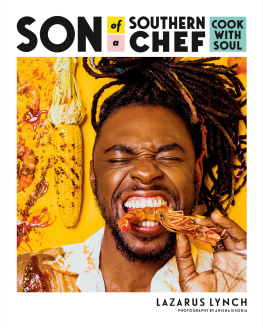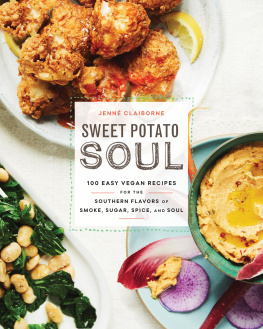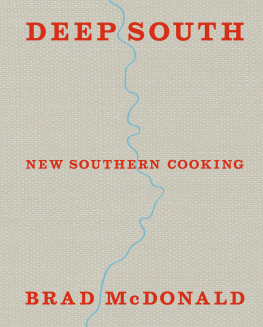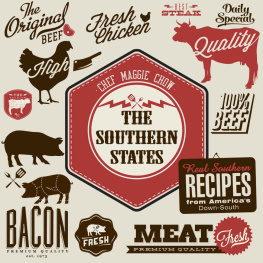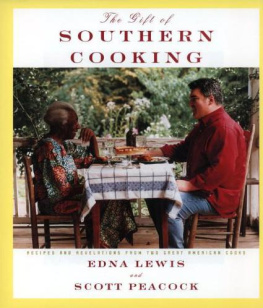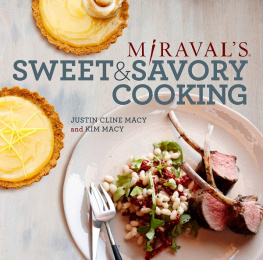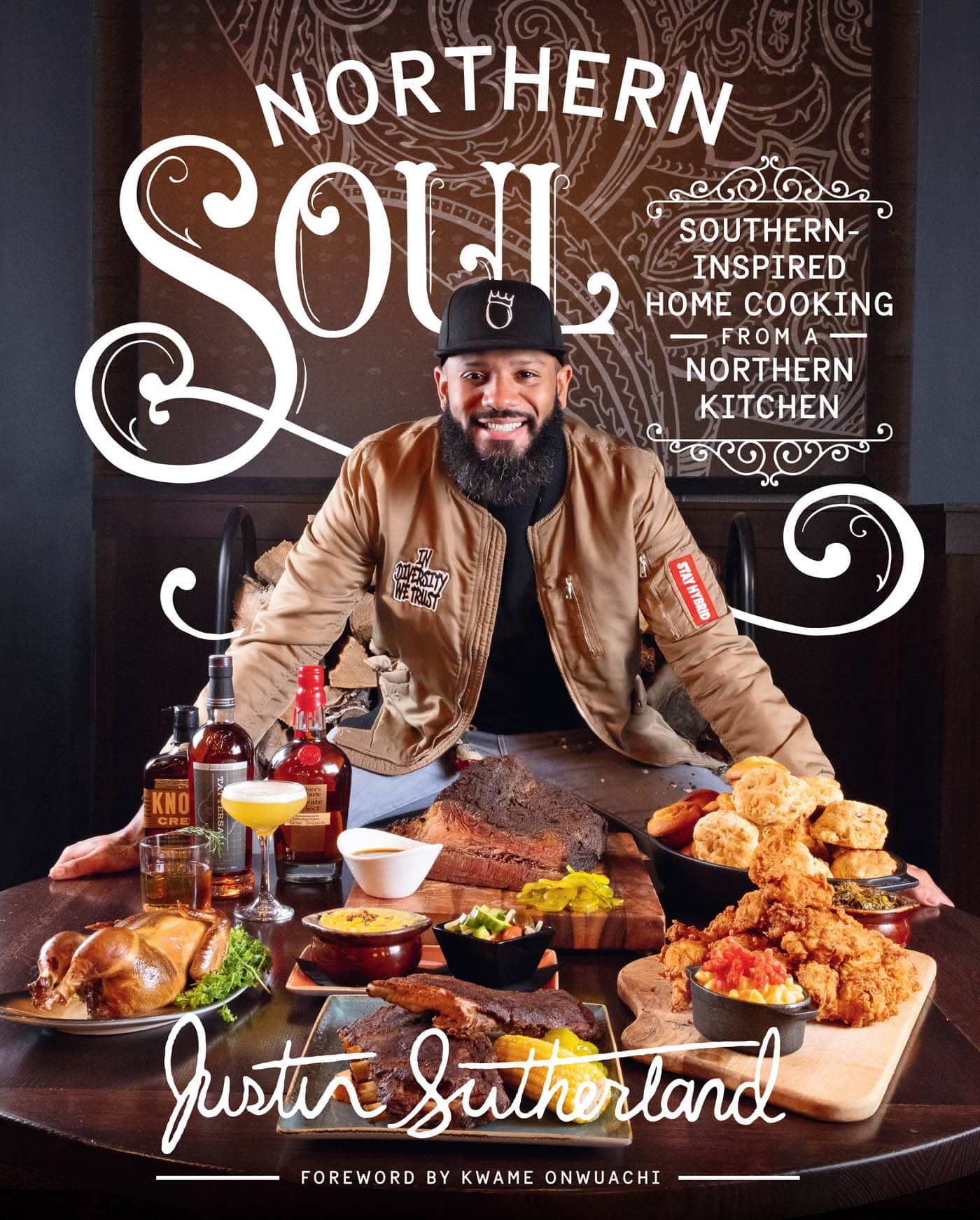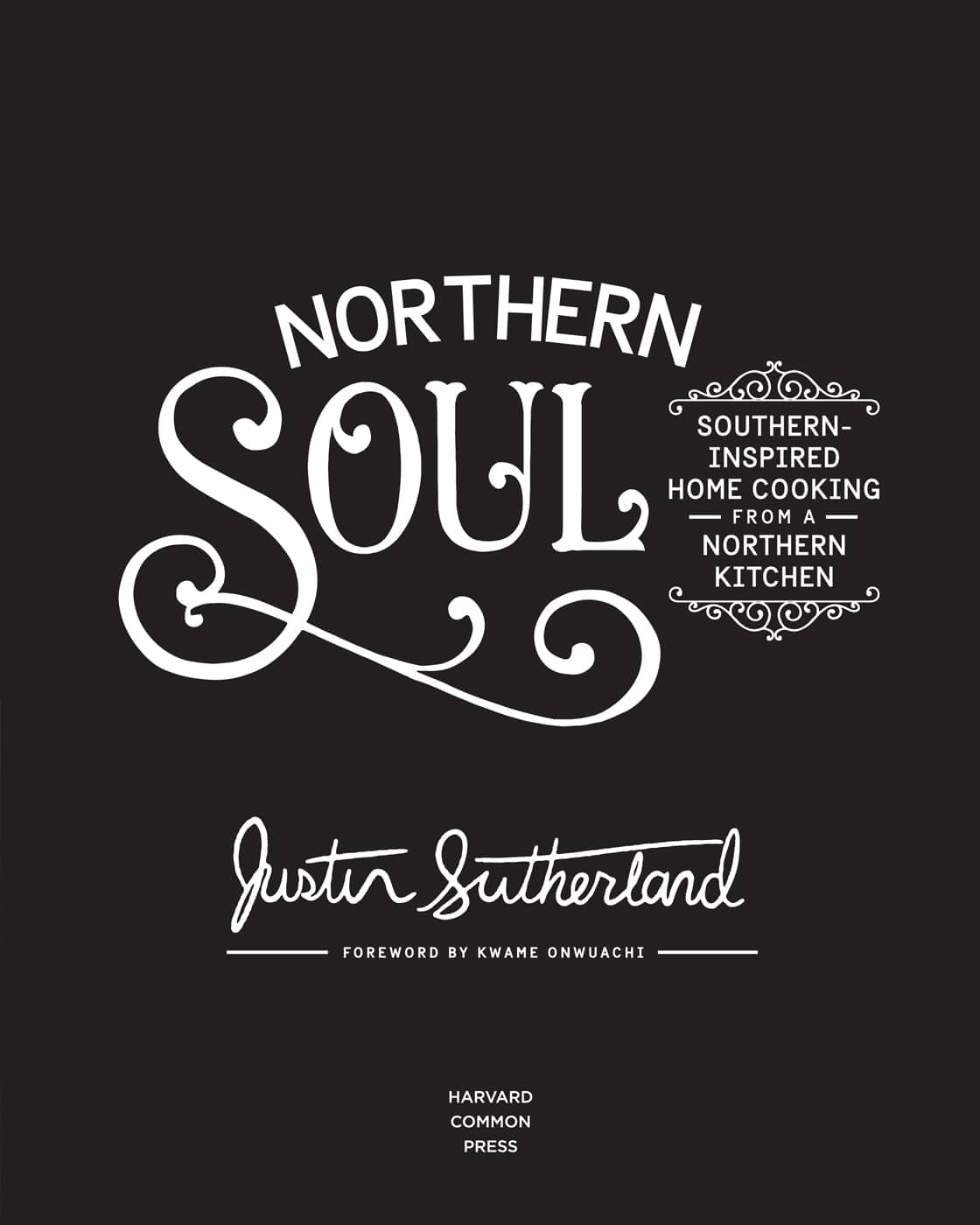Contents
Page List
Guide
Cover
CONTENTS
FOREWORD BY KWAME ONWUACHI
I think a chef is born not trained. A future leader can be easily identified even as a child: This is someone who goes against the grain, and someone others listen to. The cooking part is easy. Being the person who can inspire others, however, even when they struggle to see the full vision, that takes something special. For Chef Justin Sutherland, being this kind of leader has come naturally. Chef Justin is not only at the helm of several restaurants but has been able to grace your television screens with ease for years now. In so doing he has solidified himself as someone to pay attention to, someone to remember for decades to come. Maybe it was the cold winters in Minnesota that ushered in warm bowls of pork chili to ease the winter frost. Or maybe it was the summers spent in the South, running through the sorghum fields and picking green beans on the stoop. Or perhaps it was a small cup of dashi sipped slowly with his Japanese grandmother. These are the experiences that gave him the confidence to pick up an apron and tell his own story. However it happened, I am glad it did.
The word soul can evoke many different emotions, and different meanings, depending on who you ask. To some it refers to that inner spirit that represents who we actually are, a deeper level of our subconscious that transcends flesh and common conjecture. Now the soul of ones cooking does just that. You are not just cooking for perfect seasoning (which should be a prerequisite) but to share a story or an anecdote with someone. You combine those two thingscooking for flavor and cooking to share your souland you have this cookbook. This is a book that perfectly weaves Justins Minnesota influences with his Southern roots, which are deeply wrapped around food knowledge and culture. When I first pick up a cookbook, the thing that crosses my mind is, well, will I actually cook from this? Will this be a book that remains buried in my library, or something that stays near the kitchen? Will this be something that I refer to other chefs as a benchmark to the type of cuisine it represents? In the case of this book, the answer is a resounding yes.
You can tell in this book that Chef Justin cooks and writes about foods that he just loves to eat. It comes across in lots of places, from his introductions to his appetizer recipes, for example, or in the wonderful way he describes eating in Spain. Dishes in this book like Chef Justins supple BBQ oysters and his whipped pimiento cheese, and so many others, are layered in flavor but also in history. They are not only deliciously put together, with every ingredient adding another note to the symphony of flavors, but thoughtful in their origins. When you pay attention to how a chef is composing their dish under a close eye, you can see the main ingredient in plain sight: care.
Southern traditions matched with contemporary cooking techniques make any of these dishes easy for the home cook to execute. Whether youre cooking for yourself or want to totally impress your guests, just flip through the pages of this book and there is something for you. To write a cookbook that has something for everyone, and for any occasion, is a balancing act more difficult than Cirque du Soleil, but Chef Justin has pulled it off. Keep this book close by and youll be able to impress the pickiest eaters. This is a multilayered lexicon of American classics done his way.
Rarely does someones first cookbook stand out from the crowd as this one does. It is a testament to Justin Sutherlands extraordinary culinary prowess. I encourage you to start with the rubs and pickles recipes, and then to work your way through the rest of the book. Each dish is a love letter to Justins past; and each one is like a paper airplane gracefully floating into the kitchens of future cooks. If you have havent tasted his food before, get ready for something special. In the famous words of The Notorious B.I.G., If you dont know, now you know.
INTRODUCTION
THE SOUL OF THE SOUTH IN THE HEART OF THE NORTH
A dear friend of mine often says, Everything good in my life started over a meal. No words ever rang truer.
Forget mathfood is the universal language. Food is so much more than a means to an end. More than just the calories and nutrients that sustain our physical lives, food is a fuel that powers us spiritually and emotionally, too. Food tells a story, evokes memories, bridges gaps, and connects humanity by a singular thread.
My love affair with food and my journey down this career path started very young. As a child, I loved to eat. Food was everything to me. In fact, its been said that my first word was bread. Its hard to find a picture of me as a toddler without a piece of bread in my hand or my mouth. My favorite toys were the pots and pans and wooden spoons in the kitchen. At age five, when most boys wanted a new Tonka truck, I asked for an Easy-Bake Oven. I received one and I used it to create my first masterpiece, a chocolate cake baked with the heat of a 100-watt lightbulb.
From the beginning, the near-sacred importance of sitting down to a meal as a family was ingrained in me. My parents divorced when I was young. My mother, who was a flight attendant and often traveling, still always made sure we sat down at the dinner table and ate together. Even preparing for and cleaning up after the meal was a family affair: One brother set the table, one cleared the table, and one swept the floor, and everyone helped with the dishes (although not without the occasional pushback). Our meals were never fancy, and my mothers signature dishes are still my three favorite meals of all timebut only when cooked by her: spaghetti with meat sauce, tater-tot hot-dish with chicken and broccoli, and her famous fried rice.
In addition to daily dinners with my immediate family, holidays, celebrations, and get-togethers with our extended family also were important, both for the human connections and for the food. From Easter to Christmas, Sunday brunches to celebrations of school accomplishments, my grandparents, aunts, uncles, and cousins always made a point to break bread together. The meals were generally home cooked, because we did not grow up with much money. A dinner out was considered a special treat. And when we did go out to eat, our fine dining was at Red Lobster, Olive Garden, TGI Fridays, and, maybe a few times a year, the teppanyaki table at Ichiban. The type of cuisine did not matter; what mattered was being together.
Even when I would eat by myself, sitting down in what I took to be the proper manner mattered to me. My grandmother often took care of me while my mother was flying around the world serving others in the sky to support us. For a long period during my childhood, a show called Eureekas Castle aired on Nickelodeon at 11 oclock each morning. At the start of the show, the character would ring a bell and yell, Lunchtime! I was always ready, with my little blue Fisher-Price table positioned perfectly in front of the television, meticulously set with silverware and a glass of milk. At the moment Lunchtime! was yelled, my grandmother, as if a character in the show herself, would set down in front of me the lunch I ate every day: two hot dogs (with no bun), each topped with a slice of American cheese, generously sprinkled with dried minced onions and Lawrys seasoned salt, and garnished with scallions. All plated on a now-collectible McDonalds platewhich I should have held on to, because the last time I checked, someone paid $500 for one on eBay.



